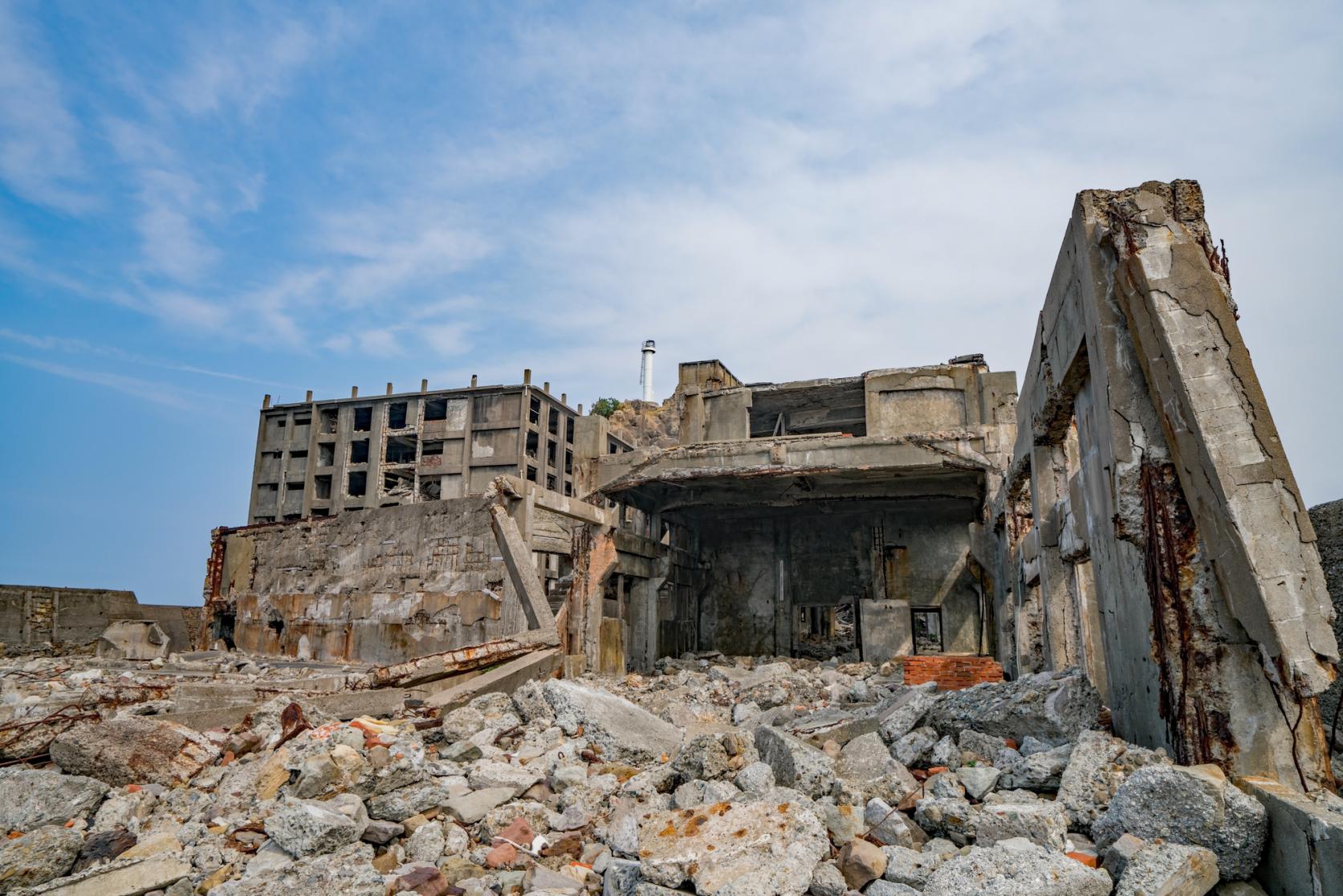
.png)

군함도 | The Battleship Island
개봉 Released
감독 Directed by
역사배경 History
주연 Cast
2017.07.26
류승완 Ryoo Seung-wan
군함도 강제 징용
Forced Labor on Hashima Island
황정민 Hwang Jung-min
소지섭 So Ji-sub
송중기 Song Joong-ki
이정현 Lee Jung-hyun

The Battleship Island is set during Imperial Japan’s occupation of Korea during World War 2, where over 400 Koreans civillians were tricked by the Japanese into slavery and had to endure harsh forced labor on Hashima island. The movie imagines a daring escape from the island after a Korean activist decides to save these civilians upon discovering that the Japanese have plans of blowing up the island.
While the large-scale elaborate escape plan depicted in the movie is fiction, when it became clear that Japan was losing the war in 1945, there were Joseon Koreans who risked their lives to escape Battleship Island.
Battleship Island is an English translation of the Japanese nickname for Hashima Island, Gunkanjima (gunkan meaning warship, Jima being the rendaku form of Shima, meaning island). The island's nickname came from its resemblance from a distance to the Japanese battleship Tosa.

During the Japanese occupation of Korea, The Japanese Government, using the 1938 ‘National Mobilization Law’, drafted young Joseon Koreans and forced them into labor. Among the many, some 500-800 were taken to Hashima Island, also known as ‘Battleship Island’, which was additionally regarded as ‘hell’s island’ or ‘prison island’. They were sent to coal mines and forced to spend more than 12 hours in undersea mines reaching up to 1 km in depth with temperatures of 45 degrees Celsius. Due to the height of the mine, miners had to lie down to excavate coals with the ceiling about 50 centimeters above their nose. Within such a horrendous environment, Joseon Koreans suffered from mining accidents and malnutrition, with 122 deaths confirmed.







In 2009, Japan requested to include Hashima Island, along with 22 other industrial sites, in the UNESCO World Heritage Site list. The inclusion of Hashima in particular was condemned by the South Korean, North Korean, and Chinese governments. South Korea argued that the official recognition of those sites would "violate the dignity of the survivors of forced labor" and that "World Heritage sites should [...] be acceptable by all people across the globe".
After much controversy, the island's coal mine was formally approved as a UNESCO World Heritage Site in July 2015, as part of the Sites of Japan's Meiji Industrial Revolution series. Japan and South Korea negotiated a compromise, in which Korea would allow Hashima Island to be included, while Japan would cover the history of forced labor on the island. Instead, Japan created a museum denying that forced labor ever occurred on Hashima. In 2021, all other 21 nations on the UNESCO committee agreed that Japan had failed to meet its side of the deal, and asked Japan to acknowledge that forced labor occurred in exhibits on Hashima.
As of 2023, Japan has continued to refuse to comply with their request.







